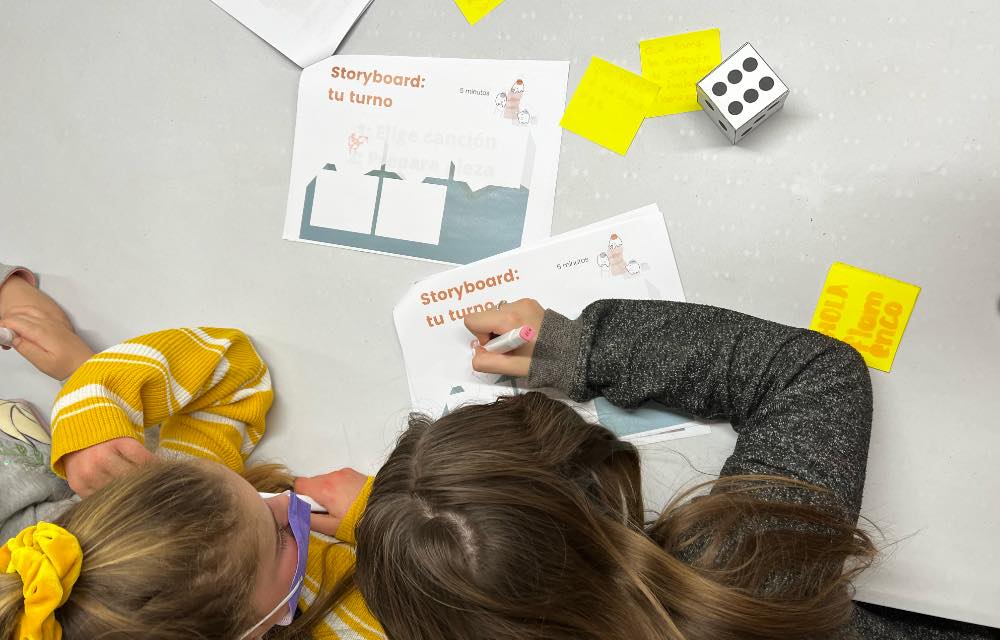Design Thinking is an innovative methodology that offers a space to develop skills and tools to solve problems in the environment. It has been used for more than 20 years in the U.S. education system.
It is a visual method that allows educators to adapt to change, be more creative and make content more practical and dynamic. Introducing Design Thinking in the classroom allows working transversal competencies without neglecting the contents, it is used for students to discover solutions to problems in their environment using their creativity and applying it in interdisciplinary projects.
Thanks to this methodology, the so-called “soft skills” or skills directly related to personality traits and mentality, such as creativity, communication, problem solving, leadership, etc. are promoted. All of them are key to the personal and social success of children.
So working through the Design Thinking methodology has many benefits, among them:
- It fosters the creative confidence of who practices it: when we think like an inventor or a designer, we nurture our creative confidence (Bowler, 2014). We feel part of an important process and are eager to overcome any obstacle or challenge (Munyai, 2016). We can imagine without limits, which helps us in our learning (Carroll et al., 2010).
- We learn to see error as part of learning: In Design Thinking, limits are opportunities. We develop resilience in the face of fear and uncertainty (Micheli et al., 2018). e transform the fear of failure into excitement by being able to experiment with new contexts (Leverenz, 2014). Failure or error is seen as a valuable resource (von Thienen et al., 2017).
- We foster cooperation: With the Design Thinking methodology, we learn to work as a team, to communicate effectively and to manage our emotions (Camacho, 2018). We develop our empathy in a context where we learn to keep an open mind, avoid judging others and feel comfortable with people with different backgrounds and opinions (Carlgren et al., 2016).
In conclusion, Design Thinking allows us to develop empathy and curiosity while fostering teamwork and collaboration. It promotes creative and analytical thinking while students learn in a proactive, dynamic and fun way as they learn to identify challenges, communicate ideas and propose solutions.
Aida Galera
Expert in educational innovation and Design Thinking
CEO and Founder of StartKidsUp
